A Copyright Lawsuit Alleges Misuse of Creative Works by AI Tools
A copyright lawsuit has been amended by a group of visual artists who claim that their creative works have been misused by companies developing artificial intelligence (AI) tools. The amended case includes seven new artists and provides more details about the alleged infringement. The defendants named in the case are Stability AI, Midjourney, DeviantArt, and a new addition, Runway AI. These companies have developed systems that generate art in the style of the artists when their names are used as prompts for the AI. The artists argue that users have created art that is virtually indistinguishable from their own, calling the AI image products “copyright-laundering devices.”
Violation of Federal Trademark Laws by Midjourney
The artists also accuse Midjourney, a popular generative AI tool with millions of users, of violating federal trademark laws in the United States. They point to MidJourney’s website, which promotes a list of over 4,700 artists’ names to use as generative prompts. One artist discovered that an AI-generated image prompted with their name appeared as the top search result for their name on the internet. The lawsuit warns that without intervention, many other artists could face a similar future.
Ongoing Battle Against AI Developers
This lawsuit is just one example of numerous cases filed against AI developers in the industry for copyright infringement. Other major tech companies like Google, Microsoft, and Meta have also faced similar complaints.
Hot Take: Protecting Artists’ Rights in an Age of AI
The amended copyright lawsuit highlights the growing concern among visual artists about the misuse of their creative works by AI tools. With the ability to generate art indistinguishable from human-made creations, these AI systems pose a threat to artists’ livelihoods. The case also raises important questions about copyright laws in the digital age and the responsibility of AI developers to respect artists’ rights. As AI technology continues to advance, it is crucial to find a balance between innovation and protecting the rights of creative individuals.

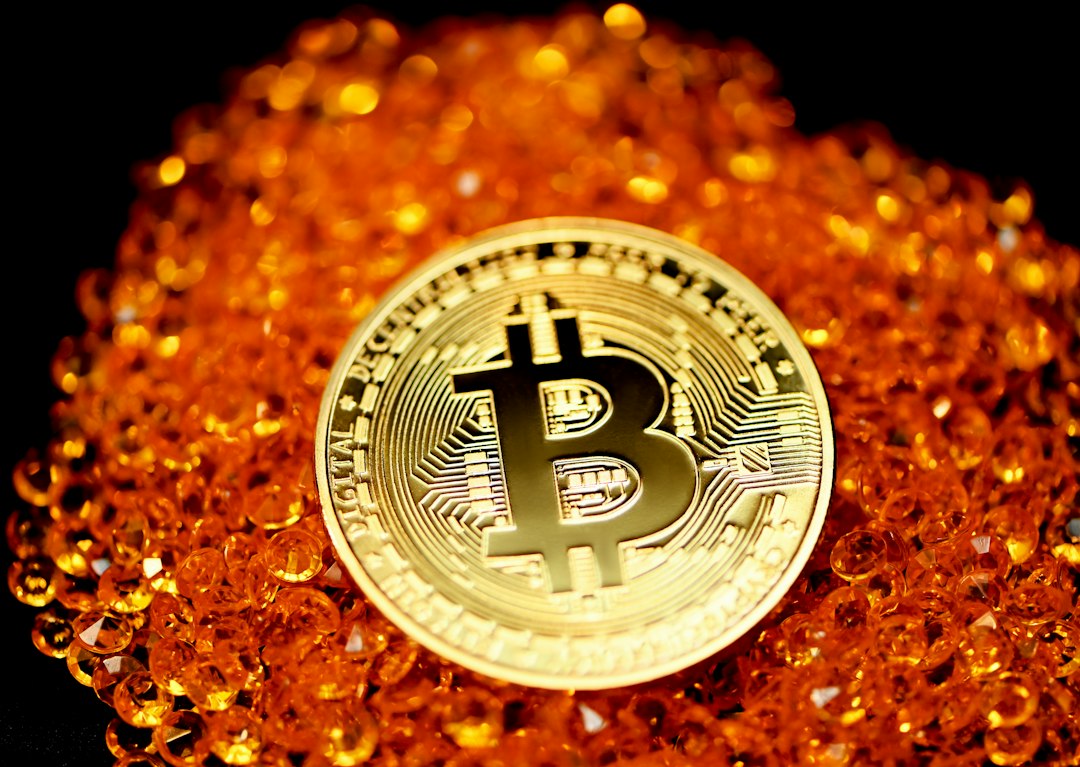
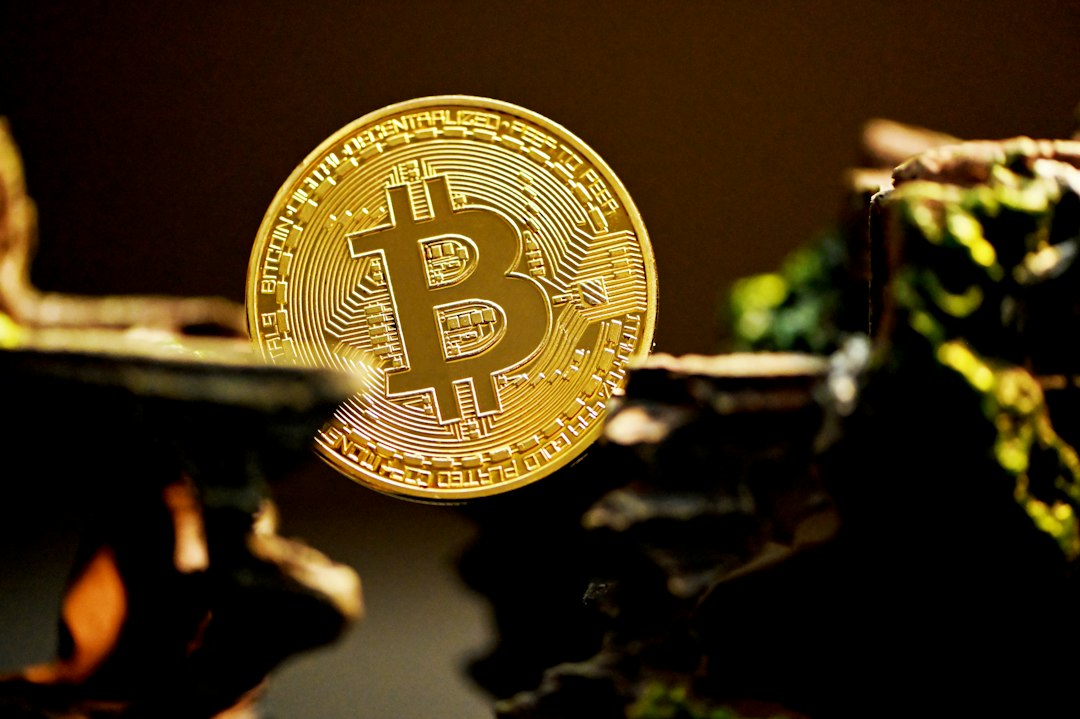

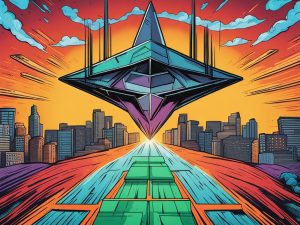
 By
By
 By
By
 By
By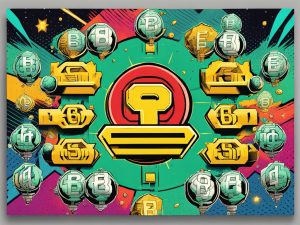
 By
By
 By
By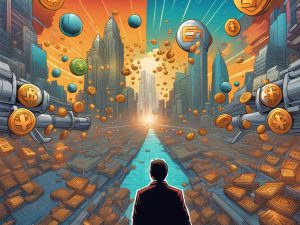
 By
By